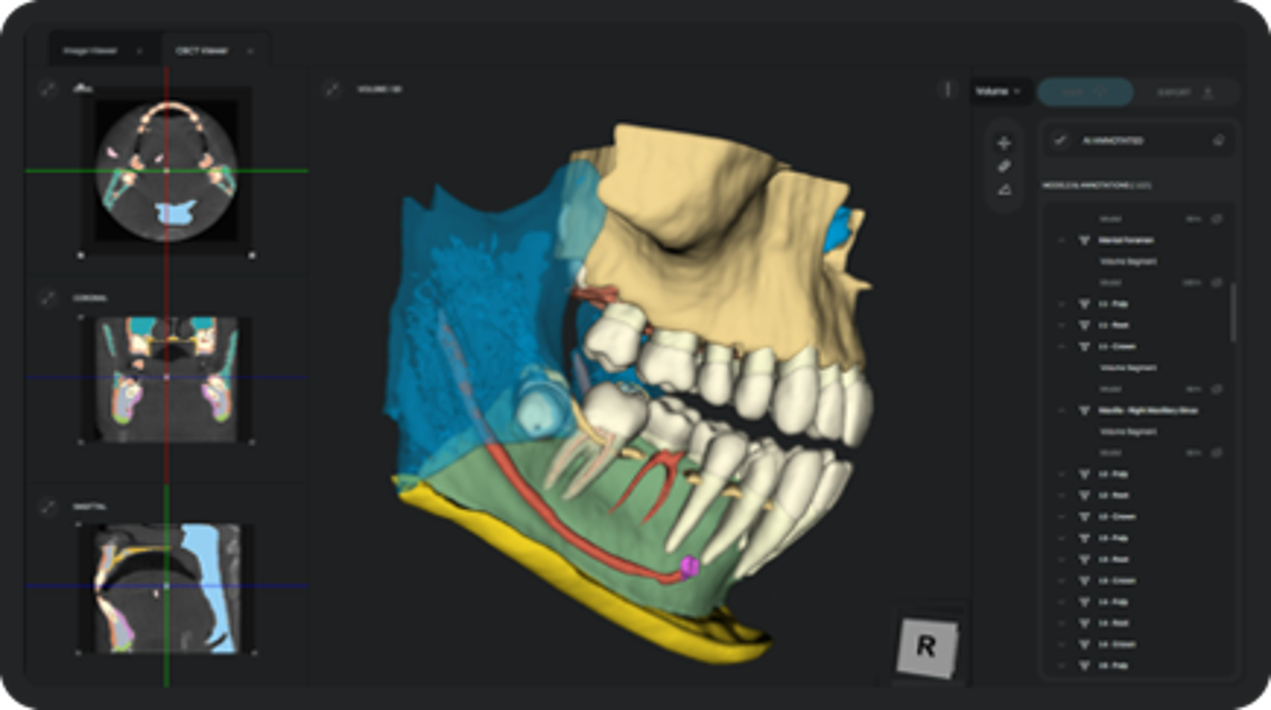
An Australian start-up in Sydney is partnering with CSIRO, the country’s national science agency, to develop revolutionary machine learning models capable of distinguishing normal anatomy from pathological lesions in dental X-rays.
This collaboration became feasible through CSIRO Kick-Start, an initiative designed to assist innovative start-ups and small businesses in Australia by providing funding and support. It allows them to tap into CSIRO’s research knowledge and capabilities to foster the growth and advancement of their enterprises.
The start-up has created an online image viewing platform and curated a comprehensive collection of high-quality Orthopantomogram (OPG), Bitewings, Periapical, and Cone Beam CTs (CBCTs) images. This dataset includes predefined “ground truths” for all pathology and non-pathology landmarks.
Starting from the middle of last year, researchers from CSIRO’s Data61, the organisation’s data and digital division, have collaborated closely with domain experts from the start-up. Their joint effort has been focused on developing AI models for the detection of various dental and jaw diseases, as well as landmarks.
Additionally, they have worked on incorporating measurement features to quantify size, distances, and densities within and between pathological and non-pathological anatomical landmarks.
The co-founder of the start-up, who is also a dentist, expressed great enthusiasm regarding the Kick-Start project. He emphasised that this initiative highlights the start-up’s proficiency in dental software. According to him, no current technology can match the level of detail in recognising anatomy and pathology as provided by their solution. It is fully anticipated that their technology will establish a new benchmark for dental radiograph analysis.
Attendees at IDS, including dental X-ray OEMs, implant planning companies, and their respective product development and AI teams, were amazed by EAI’s remarkable achievement in CBCT segmentation. The start-up surpassed the industry standard of fewer than 40 delineations by providing over 135 delineations.
Furthermore, the audience was impressed by the AI’s ability to perform these complex analyses in under 3 minutes and its adaptability to CBCT scans of various sizes. This demonstration showcased the potential of start-up technology to bring revolutionary changes to the field.
The Quantitative Imaging Research Team Leader at CSIRO’s Data61 said that AI-driven models developed exhibit remarkable accuracy in automatically identifying significant features and potential anomalies in dental scans. Moreover, the object detection model has demonstrated a successful detection rate of 96.8% for all dental objects of interest, while the segmentation model achieves a segmentation accuracy of 95%.
Over the next 12 months, CSIRO’s Data61 will maintain its collaboration with the start-up to enhance the accuracy and efficiency of the models. The start-up is working to broaden the scope of its machine learning models to achieve more significant advancements. To facilitate this, the company has established ongoing research partnerships with several prominent universities in Australia.
With the escalating oral health concerns in Australia, which are partly attributed to the misdiagnosis of X-rays, the start-up’s mission gains even greater significance. It is well-recognised that poor oral health is associated with chronic conditions such as heart disease and diabetes. In light of this, the start-up aims to provide the most advanced AI technology for dental radiograph analysis. By doing so, they seek to minimise misdiagnoses and improve overall patient health outcomes on a global scale.
Looking ahead, a strong emphasis will be placed on further enhancing its AI-powered radiograph analysis technology. The company aims to achieve this by integrating additional machine learning algorithms and leveraging state-of-the-art research findings. A ground-breaking transformation is envisioned in dental radiograph interpretation, leading to advancements in the wider domain of dental AI.
















